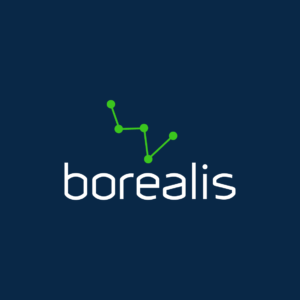Stakeholder engagement is one of the cornerstones in the development of major infrastructures projects such as we see in the mining and oil & gas industries. The IFC defines stakeholders as “persons or groups who are directly or indirectly affected by a project, as well as those who may have interests in a project and/or the ability to influence its outcome, either positively or negatively”. Stakeholder engagement is defined as a “broad, inclusive, and continuous process between a company and those potentially impacted that encompasses a range of activities and approaches, and spans the entire life of a project”.
The IFC prepared a guidebook in 2007 that helps companies prepare and implement stakeholder engagement plans when doing business in emerging markets and defines the concepts surrounding stakeholder engagement.
Companies strive to develop long lasting, respectful relationships with surrounding communities and local or national governments since they are key partners in the success of the project. This type of relationship cannot be achieved without a well executed proactive stakeholder engagement plan. Planning is essential but without execution it does not prove very useful and without an appropriate record of this execution, many commitments, updates and project history will be lost. All of this is valuable corporate information.
Most projects engage with local communities at various levels:
- Formal engagement and meetings
- Public consultation
- Informal engagement
- Negotiations
Formal engagement meetings are held with government officials at national, regional and local levels and should be held at regular intervals to exchange project updates and discuss permitting and regulatory compliance issues. Formal meetings must also be held with specific interest groups such as community leaders, farmers or local trade groups as well as with focus groups such as women, elders and youth groups.
Informal meetings also occur regularly during project activities. Community relations representatives meet community members on a daily basis for various reasons. They greet them in the street, visit their farms and respond to requests in project offices. Issues discussed are often reported to line managers verbally, via email or in daily or weekly reports. Using these mediums, information is often available to a limited audience and eventually the history is lost.
Output of all these activities include minutes of meetings , issue logs, action items, daily reports which all include valuable information on the project such as agreements, updates and commitments but also all the project history and storyline. These documents are often distributed after the events but then get lost in the flurry of activities and document overload. They will reside on personal computers, laptops, shared drives and can rapidly become difficult to find and organize.
Information technology provides an answer to this problem and many projects are now looking towards information management systems, document management systems, database applications or simply shared network drives to manage these documents and keep this information in a central location so that it becomes corporate knowledge.
This centralized approach provides many benefits including the ability to demonstrate engagement activities during project audits (IFC or other), an increased sharing of information, less reliance on specific team members but most importantly a better understanding of project issues which allows to move from a reactive to a proactive approach.
In future posts, we will cover many topics related to Stakeholder Engagement such as understanding the reasons for proper engagement, planning for engagement, types of engagement activities, monitoring and evaluation of engagement plan execution.





